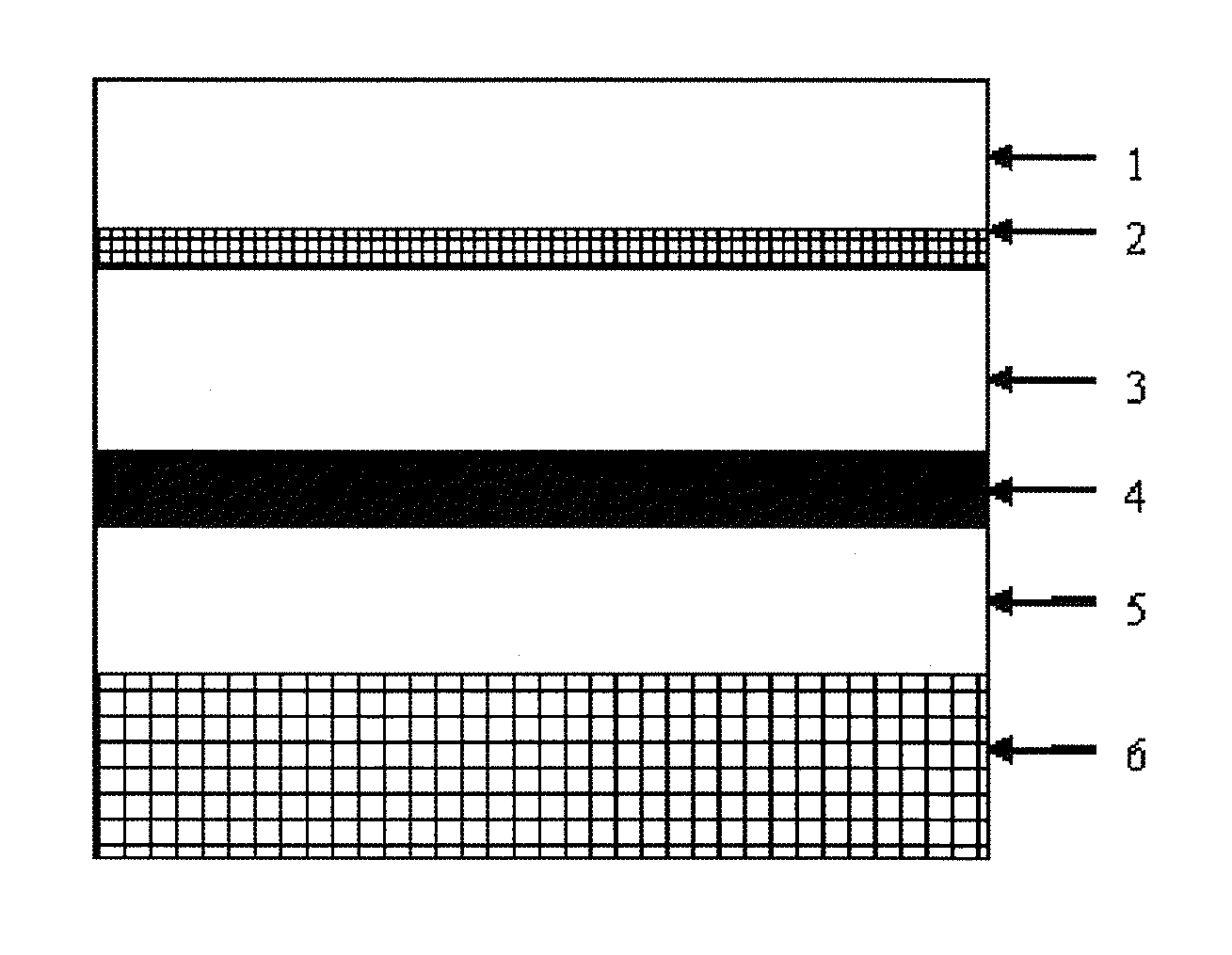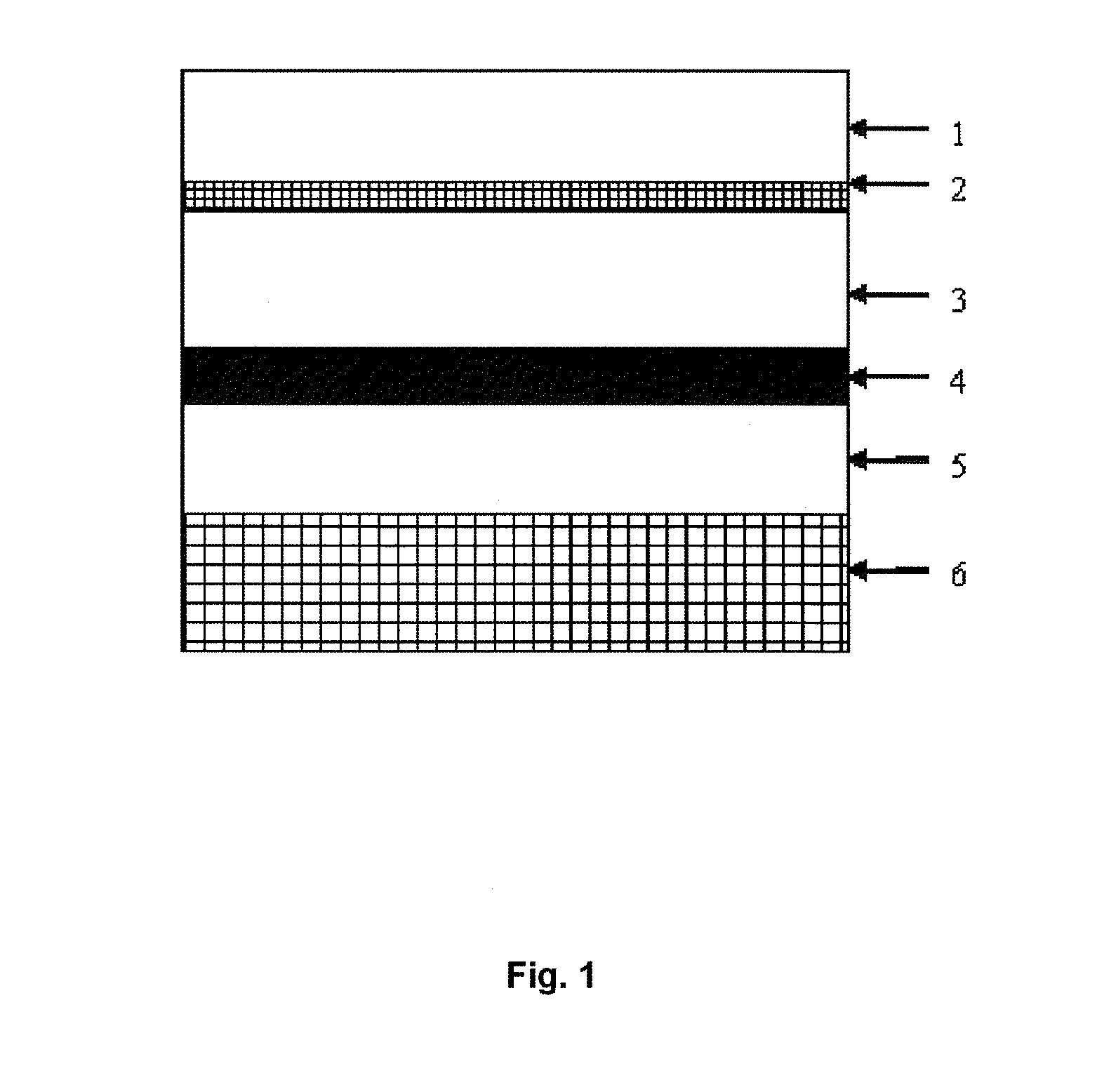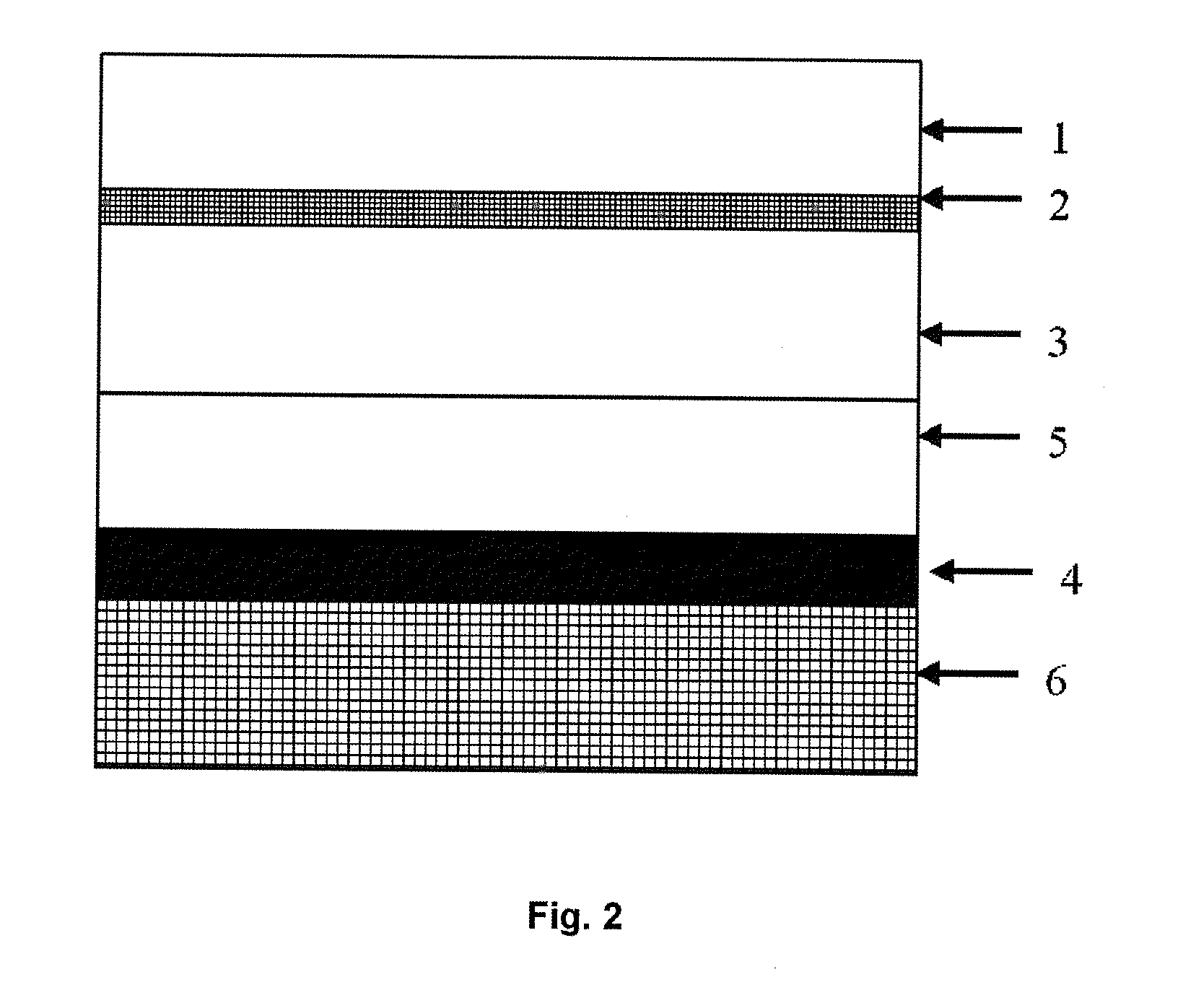Radiography flat panel detector having a low weight x-ray shield and the method of production thereof
a flat panel detector and detector technology, applied in the field of diagnostic imaging, can solve the problems of reducing the dynamic range, reducing the variety of suitable materials of the substrate, and high weight of the x-ray shield based on these materials, and achieves the effects of low hygroscopicity, low weight x-ray, and easy handling
- Summary
- Abstract
- Description
- Claims
- Application Information
AI Technical Summary
Benefits of technology
Problems solved by technology
Method used
Image
Examples
example 1
Preparation of RFPDs Comprising Different X-Ray Shields
[0121]RFPDs for indirect conversion direct radiography were prepared by bringing a scintillator in contact with the above mentioned imaging array on a glass substrate (Corning Lotus™ Glass). Subsequently this package was brought into contact with different X-ray shields SD-01 to SD-18 and the Molybdenum metal plate SD-21.
[0122]To assure good optical contact between each layer of the RFPDs, a hot melt layer based on polyurethane and not thicker than 25 μm, was used. Two types of scintillators were used:
[0123]i) a powder-based scintillating phosphor GOS (CAWO Superfine 115 SW from CAWO) and
[0124]ii) a needle-based scintillating phosphor CsI deposited on the aluminium 318G substrate with a coating weight of CsI of 120 mg / cm2. The CsI based scintillator was prepared as follows: 400 g of CsI was placed in a container in a vacuum deposition chamber. The pressure in the chamber was decreased to 5·10−5 mbar. The container was subsequent...
example 2
X-Ray Shielding Capacity of Different X-Ray Shields
[0132]This example illustrates the X-ray shielding capacity of X-ray shields with different coating weights and different substrates (2nd substrate) in a standard configuration of the RFPD with different scattering elements. Therefore the ability of the inventive X-ray shields to reduce the backscatter of several X-ray shields prepared according to §3.1-3.3 and assembled in the standard RFPD configuration as described in measurement method 1.1, is demonstrated. The optical densities of the radiographic film exposed in the standard RFPD configurations are compared to the optical densities of the radiographic film exposed in a RFPD configuration without scattering elements. The tests were done with RQA X-ray beam qualities as described in the measurements method 1 and with loads for RQA3—12.5 mAs, RQA5—6.3 mAs, RQA7—5.6 mAs, and RQA9—3 mAs. Table 4 shows the measured X-ray shielding capacities.
Table 4: Difference in optical density of...
PUM
 Login to View More
Login to View More Abstract
Description
Claims
Application Information
 Login to View More
Login to View More - R&D
- Intellectual Property
- Life Sciences
- Materials
- Tech Scout
- Unparalleled Data Quality
- Higher Quality Content
- 60% Fewer Hallucinations
Browse by: Latest US Patents, China's latest patents, Technical Efficacy Thesaurus, Application Domain, Technology Topic, Popular Technical Reports.
© 2025 PatSnap. All rights reserved.Legal|Privacy policy|Modern Slavery Act Transparency Statement|Sitemap|About US| Contact US: help@patsnap.com



